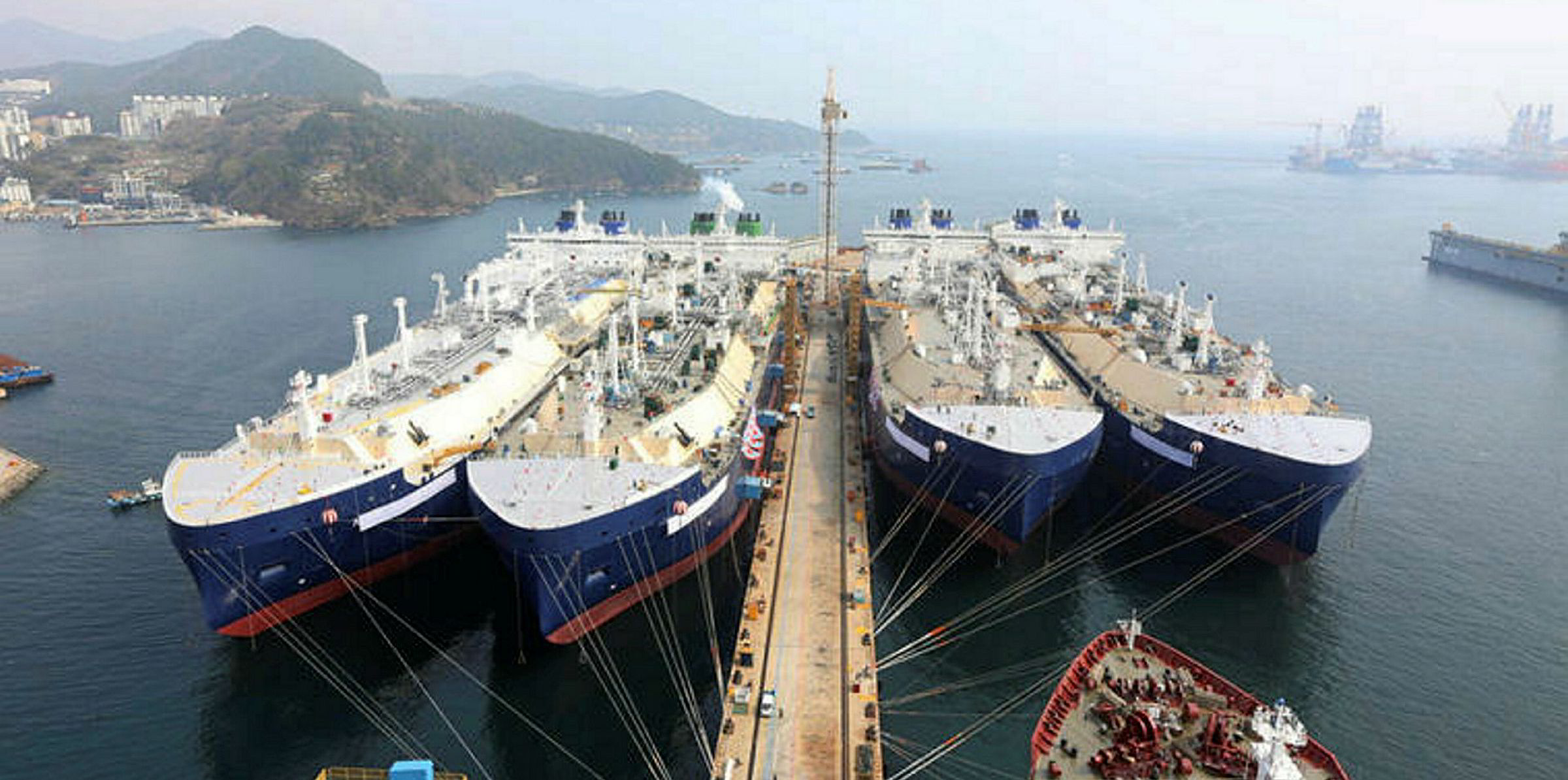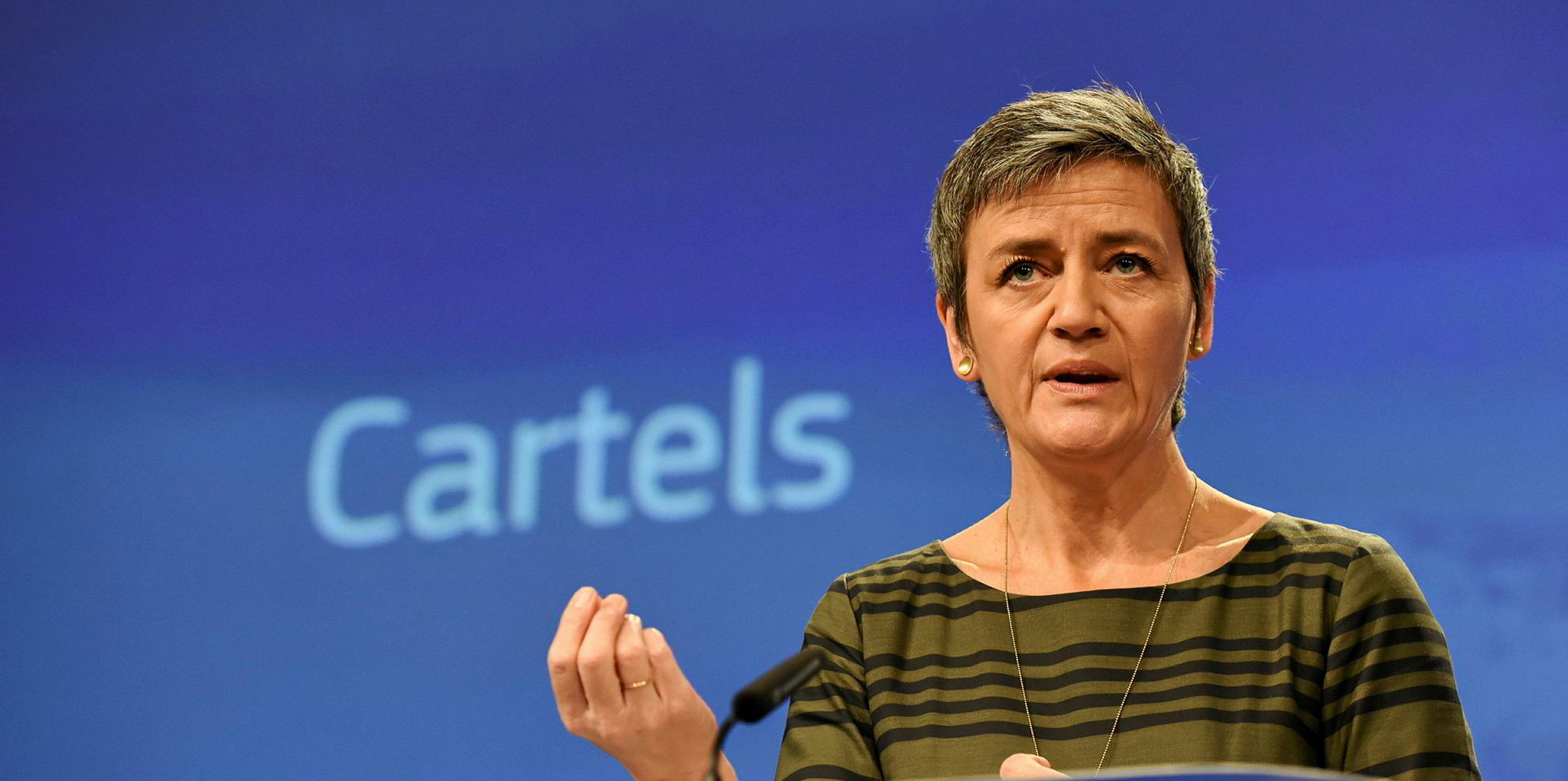The newbuilding orderbook has shrunk to a 15-year low with less than 3,000 vessels on order, according to Clarksons.
“Increasing deliveries and a significant decline in contracting in 2019 so far has caused the orderbooks of all of the ‘big 3’ shipbuilding countries to shrink,” the shipbroker said.
At the end of November 2,952 units of 74.3m compensated gross tons were on order, a 14% decline in 2019 so far in cgt terms, and a 67% decline on its 2008 peak.
“This represents its lowest level since 2004 in cgt terms, with deliveries increasing this year, while ordering has declined to subdued levels,” said Clarksons.
“The global orderbook as a percentage of the fleet has also fallen to record lows, standing at 9% in gt terms as of end November.”
The orderbook as a percentage of the fleet has fallen to record lows, standing at 9% in GT terms as of end November
Clarksons
Clarksons said the orderbook at Chinese yards has declined by 15% in 2019 so far in CGT terms, with 1,309 units of 26.3m cgt on order as of end November.
“While output volumes have remained steady this year, ordering at Chinese yards, particularly for bulkers, has fallen,” it said.
In contrast, the orderbook at Korean yards has shrunk less sharply, by only 9% in 2019 so far in cgt terms, to 440 units of 20.7m cgt as of end November
“This is despite an increase in Korean yards’ output this year, with orderbook volumes supported by LNG carrier ordering,” Clarksons said.
The Japanese orderbook has seen the largest decline among the ‘big 3’ builder countries, declining 31% to 610 units of 11.8m cgt in the year-to-date.
Forward cover, the number of years it would take to deliver the orderbook at the previous 12 month’s output levels, has also fallen.
Clarksons said this has declined to 2.3 years as of end November, but remains above 2012 lows, driven in part by a fall in yard capacity since then.
“Chinese yards have the longest forward cover of the ‘big 3’ builder nations, 2.4 years, down from 2.7 years as of end 2018,” the shipbroker said.
“Korean yards’ forward cover has fallen sharply from 2.9 years to 2.2 years in the same period, driven by increasing output volumes.
“Meanwhile, forward cover at Japanese yards, based on reported orders, has fallen to 1.5 years, while for European yards it remains high at 4.8 years, buoyed by a large, and lengthy, cruise ship orderbook.”
Capesize bulkers make up the largest portion of the thinning orderbook, with an 13.6m cgt expected to be delivered in 2020 and another 6.9m cgt in 2021, followed by panamax bulkers and VLCCs.






